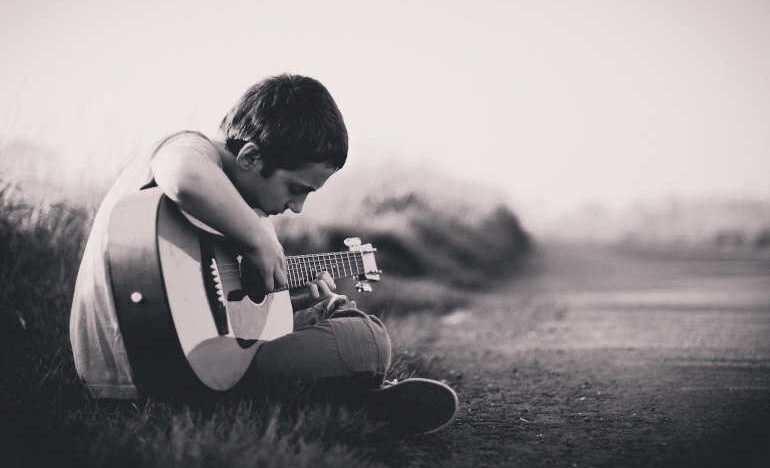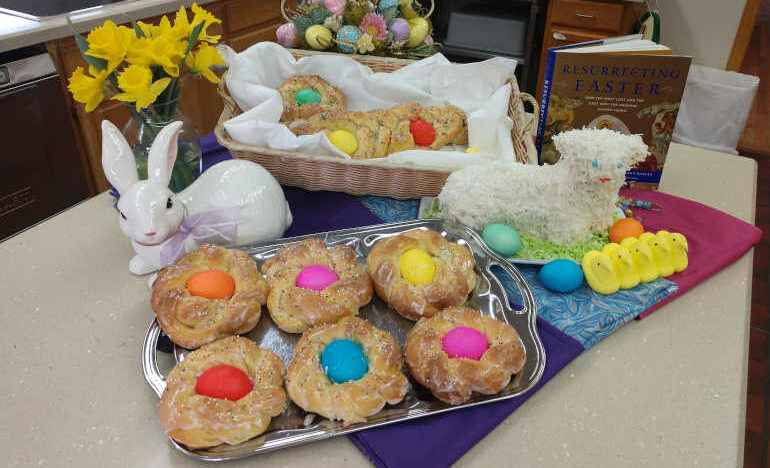Family Matters #17: Strategies for Creative Healing

By Lucia Ferrara
When we feel like chaos surrounds us and our young people, developing strategies that engage our creative sides can help us calm the storms of emotions.
Whether at home or school, our emotions are with us everywhere we go. They are a part of what makes us who we are, however, we cannot let the worst of them get to us or our children. When we give a situation or emotion power, we allow it to enter into our lives. This adds to our stress and confusion, thus putting us under spiritual attack.
We have to teach ourselves and our children how not to let our emotions overpower us. There are tons of books and articles on this subject, I cannot possibly cover even a fourth of the material available on this subject! I am merely a parent trying to relate to other caregivers and parents on creative healing our youth.
All the articles in the Family Matters series are available here.
As part of its mission, the organization Be Strong Families promotes what is calls “Protective Factors” Protective factors are “characteristics that promote optimal development by helping families succeed and thrive, even in the face of risks and challenges.”
One Protective Factor I think correlates with creative healing is, “Social and Emotional Competence.” Our youth need help expressing their emotions and feelings. Parents help by learning and understanding their child’s emotions and feelings. By managing these factors, we help teach them to build and maintain relationships and control behavior. It is also important to teach our children ways to promote well-being at a young age, so that it becomes a habit long into adulthood.
Creative therapies can lead to emotional, spiritual and physical healing. Some examples of these include activities like learning an instrument, music therapy, art, yoga, sports, exercise and even dance. As a mother of three, I engaged my children in music, art and sports. My daughter started playing the violin at five years old and has continued on into adulthood. She also exercises daily. My oldest son played soccer all throughout his childhood into high school and enjoys going for nature hikes, and my youngest son enjoys creative art and reading. All three of them use those methods to help cope with stress from their daily lives.
Note: Never miss an article published on the Renewal Center website: Sign up to receive our newsletters
Engaging in creative processes like these allows for self-expression, which in turn helps individuals solve and manage behaviors, conflicts, and stress. This also leads to building positive self-esteem and interpersonal skills. All these allow for the healing process to begin in our minds, and physically and spiritually. Parents and caregivers can also take action by engaging in some of these creative therapies. When we feel good both mentally and physically, we can better support our kids.
Remember communication is key to success not only in our life experiences but also in our healing process. I will leave you with some reflections for you and your family to explore.
- What do you do to promote your healing? Your family’s? Is it therapeutic for you?
- Encourage your youth to use visual art as a way to express emotions and feelings.
- Discuss at dinner what creative art you can do together as a family at least twice a week, making this a fun way to connect with each other.
[Lucia Ferrara is the Director of Hospitality at Precious Blood Renewal Center and the lead organizer here of Parent Cafes. Share your thoughts with Lucia or ask her questions by using the form below or sending an email to info@pbrenewalcenter.org. Read more about the Parent Café here.]
Image by Free-Photos from Pixabay
We’d Like to Hear From You!
We’d like to know what you think about this article. Send us a comment using the form below. Do you have a suggestion? Is there something you want to learn more about? Send us a note.
Related

Easter Bread (Pane di Pasqua)
By Lucia Ferrara
Easter bread is a fun bread. It’s a fun bread to make with your children, with your family, with neighbors and friends. The tradition of Easter bread dates back centuries and comes from many parts of the world.

Easter Sunday, the Resurrection of the Lord
Today’s scriptures tell us how three days changed the world. How have they changed you?
Categories
Assembling God's Puzzle Coffee with Padre Cooking & Spirituality Encounters of the 4th Kind Family Matters Reflections on the Eucharsitic Prayers Spiritual Resources Taize Prayers The Contemplative Life Traveling with Pilgrims of Hope Uncategorized Videos Week of Prayer for Uhristian Unity When you need a little help
